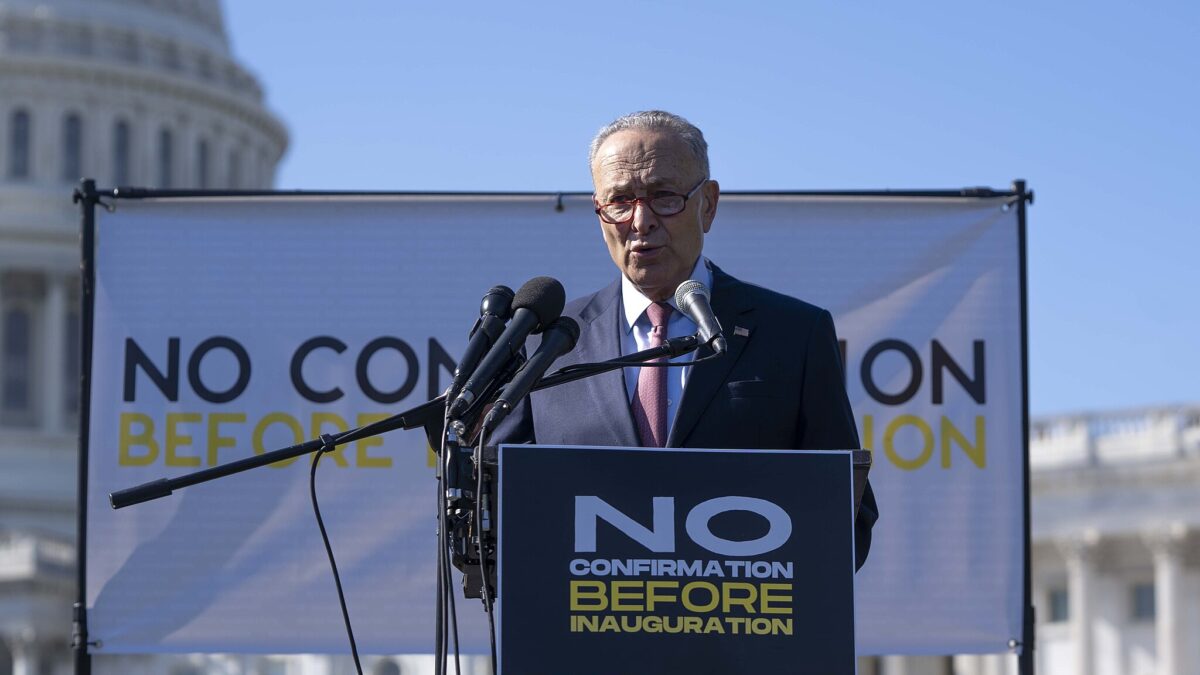Pennsylvania’s pandemic fiscal Band-Aid unraveling
The Pandemic’s Impact on Pennsylvania’s Budget
The pandemic has taken a toll on Pennsylvania’s finances, with the state facing a significant budget problem. According to a recent analysis by The Pew Charitable Trusts, Pennsylvania is among the most populous states grappling with a structural deficit, exacerbated by the waning federal support for COVID-19 relief.
The National Association of State Budget Officers compiled a report revealing that Pennsylvania increased its expenditures by 16% in 2022, 3.7% in 2023, and 10.2% in the 2024 enacted budget. These figures exceed the national median, highlighting the state’s unsustainable spending habits.
Pennsylvania has attempted to mitigate the situation through measures such as hiring freezes, staff attrition, pension adjustments, and targeted cuts. Additionally, surpluses from previous years have helped offset the expenditure growth.
A Looming Shortfall
Matthew Knittel, the executive director of the Independent Fiscal Office, predicts a shortfall of approximately $0.7 billion in the coming year. This deficit will be covered by surpluses from prior years, as acknowledged by Knittel.
Knittel also agrees with Pew’s assessment that many states lack sufficient forward-looking data to accurately assess their fiscal outlooks. This suggests that the number of states facing long-term structural problems may be higher than reported.
A Persistent Issue
Pennsylvania’s structural imbalance is not a new problem. Knittel’s office has been tracking state spending that surpasses revenues for nearly a decade. This situation is not unique to Pennsylvania, as most states face similar challenges.
Addressing these structural deficits requires tough choices, such as cutting spending or raising taxes. However, Knittel notes that state policies have limited impact on economic growth, leaving few options to close the gap.
The Need for Action
While states currently have some flexibility due to rainy day funds, the majority will need to address these issues in the near future. Pennsylvania’s rainy day fund, which holds $6.1 billion, was primarily funded by unspent pandemic aid. However, the Independent Fiscal Office’s projections indicate that the structural deficit could drain this account by 2028.
The combination of declining revenues, reduced corporate net income tax rates, lower Treasury collections, and shrinking corporate profits will further widen the deficit. Additionally, long-term care expenses for disabled residents and the elderly will contribute to increased spending.
What specific measures has Pennsylvania taken to address the financial strain caused by the pandemic?
And the strain on its budget. The COVID-19 pandemic has undoubtedly played a significant role in this financial crisis.
Firstly, the pandemic has led to a decrease in revenue for the state. With businesses closing down or operating at limited capacity, many individuals have lost their jobs or faced reduced income. This, in turn, has resulted in lower tax revenues for the state. In addition, the tourism industry, which is a significant source of revenue for Pennsylvania, has been severely impacted due to travel restrictions and people’s fear of spreading or contracting the virus. All of these factors have contributed to a decrease in revenue for the state, further aggravating its budgetary issues.
Furthermore, the increased expenditure to address the pandemic has put immense pressure on Pennsylvania’s budget. The state has had to allocate significant funds for testing, contact tracing, vaccine distribution, and healthcare services. Additionally, there has been a need to support struggling businesses with financial aid and stimulus packages. All these measures have required substantial financial resources, which the state has struggled to accommodate within its existing budget. This has resulted in increased borrowing and the accumulation of debt, further straining future budgets.
Moreover, as federal support for COVID-19 relief has waned, Pennsylvania’s budget woes have intensified. The initial influx of federal funding provided some temporary relief, enabling the state to address immediate needs. However, as the pandemic persists and federal support diminishes, Pennsylvania has been left to face its financial challenges on its own. The lack of additional federal funding has added to the state’s structural deficit and limited its ability to effectively respond to the ongoing crisis.
To address these budgetary issues, Pennsylvania needs to take decisive action. The state must first focus on improving revenue generation. This could include exploring options such as tax reforms, incentivizing business growth, and attracting new industries to the state. By diversifying its revenue streams, Pennsylvania can reduce its reliance on specific sectors that are vulnerable to economic shocks, such as the tourism industry.
Additionally, the state must implement cost-saving measures to curb its unsustainable spending habits. This may involve conducting a thorough review of existing programs and eliminating or modifying those that are no longer essential or effective. Consolidating services and finding efficiencies in government operations can also contribute to reducing expenditures.
Furthermore, Pennsylvania should actively advocate for additional federal support. The state government must communicate the financial challenges it faces and the impact of the ongoing pandemic on its budget. Engaging with federal policymakers and lobbying for additional relief funds can help ease the burden on Pennsylvania’s budget and provide the necessary resources to address both immediate and long-term needs.
In conclusion, the COVID-19 pandemic has had a significant impact on Pennsylvania’s budget, exacerbating existing financial challenges and creating new ones. The decrease in revenue, increased expenditure, and limited federal support have all contributed to the state’s current predicament. However, with proactive measures to improve revenue generation, implement cost-saving measures, and advocate for additional federal support, Pennsylvania can begin to restore its financial stability and better withstand future crises. It is essential for the state government to act swiftly and decisively to ensure the long-term fiscal health of Pennsylvania.
" Conservative News Daily does not always share or support the views and opinions expressed here; they are just those of the writer."





Now loading...